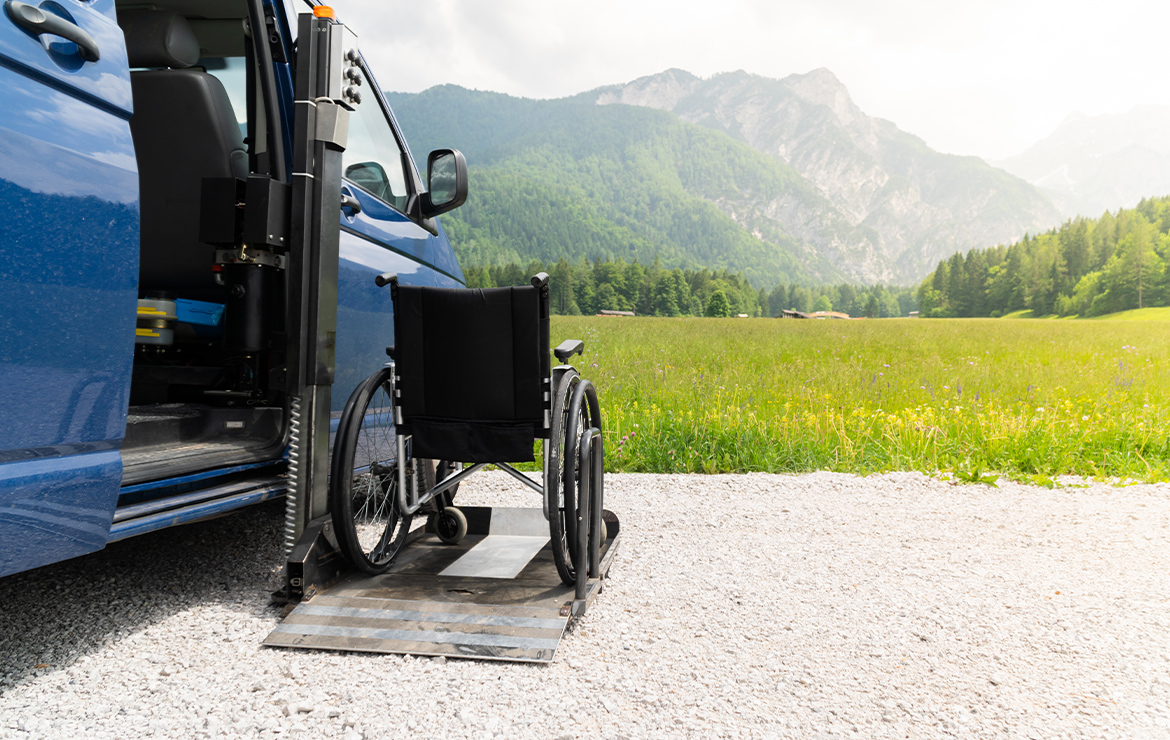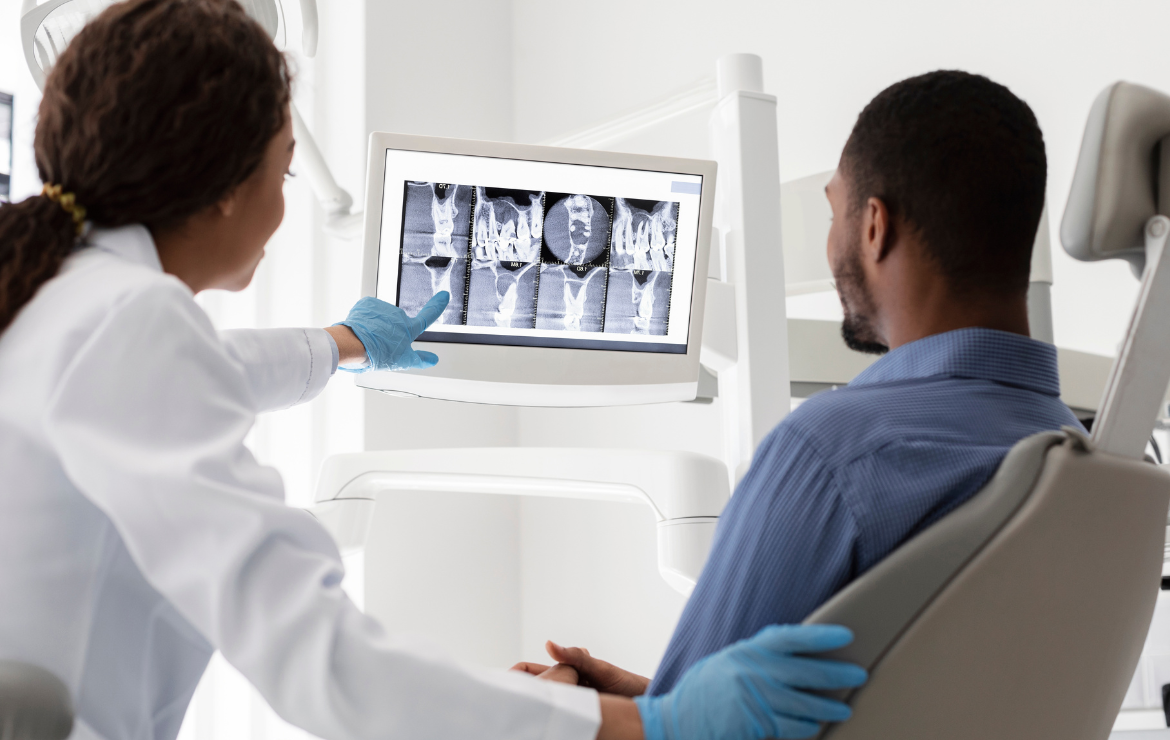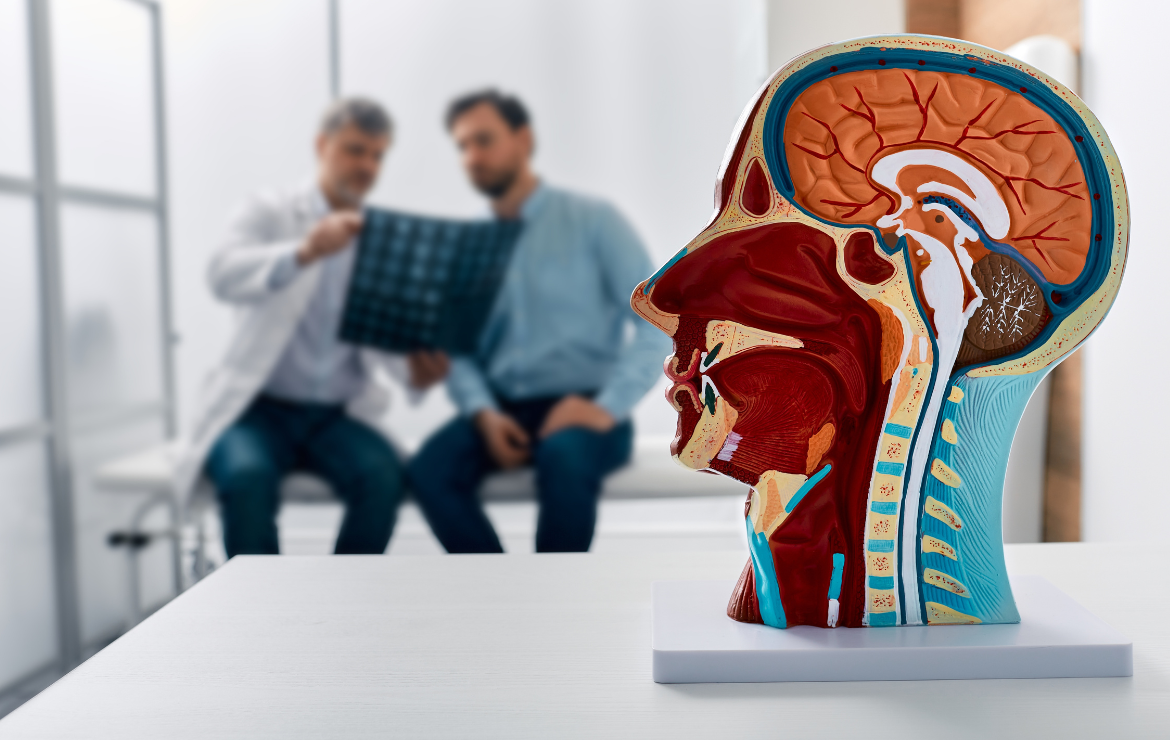Regaining Independence: Guide to Wheelchair Accessible Vehicle Conversions for Workers’ Compensation

A work-related injury can significantly impact an injured worker’s mobility, often requiring a wheelchair. Maintaining independence is crucial for a successful recovery. Adapting personal vehicles for wheelchair transportation empowers injured workers to regain control, participate actively in rehabilitation, and, more importantly, engage in the community.
Before You Begin
Injured worker Evaluation: Work with the injured worker and their therapy team (OT, PT, ATP) to assess their needs. This includes the type of wheelchair they use, transfer capabilities, desired level of independence, and their driving preferences.
Vehicle Suitability: Not all vehicles are ideal candidates for wheelchair conversions. Minivans and SUVs typically offer more space for rear-entry ramps, while sedans might be better suited for side-entry conversions and bolt-on exterior transport devices. Consider the vehicle’s size, layout, and available door clearances.
There are two primary types of wheelchair vehicle conversions:
- Rear-entry conversions: A ramp at the vehicle’s rear allows access through the back doors. This modification is often suitable for minivans and SUVs.
- Side-entry conversions: A door is added on the side of the vehicle, typically lowering to create a level entryway for the wheelchair. This option can work well for sedans and smaller vans.
- Bolt-on transport devices: These products will allow for the transportation of manual wheelchairs, scooters, and basic consumer mobility equipment on multiple other vehicle models, allowing independence.
Factors to Consider
- Needs of injured workers: It’s crucial to assess their needs, including the type of wheelchair, transfer capabilities, lockdown mechanism, driver, passenger, and wheelchair passenger, as well as a desired level of independence. This step is critical to ensuring the proper conversion is selected.
- Vehicle type: Consider the size and layout of the injured worker’s vehicle. Rear-entry conversions require more vertical space, while side-entry conversions need wider clearance. Both vehicles have pros and cons, especially around passenger seating and garage access.
New Conversion vs. Pre-owned Conversion Van Costs:
The costs below are to give you an idea of the potential range of costs. Please note that these are not the actual costs, but they can help you understand the financial implications of the conversions.
New Conversion Van Cost:
- Range: $95K to $180,000+ (depending on complexity)
- Factors affecting cost:
-
- Type of conversion (rear-entry vs. side-entry, accessories, driving controls)
- Features included (ramps, lifts, hand controls, etc.)
Pre-Owned Conversion Van Cost:
- Range: $75,000 to $120,000+ (depending on complexity)
- Factors affecting cost:
-
- Van make, model, year, and mileage
- Type of conversion (rear-entry vs. side-entry, accessories, driving controls)
- Overall vehicle condition
A couple of significant pros to a Pre-Owned Conversion Van:
- Much quicker ability to deliver to the injured worker.
- Significant savings for the carrier
- Manufacturers and dealers’ warranties
Benefits of Vehicle Conversions
- Increased independence: Enables the injured worker to maintain daily activities and appointments without relying on others for transportation.
- Improved mental health: Restoring mobility control through vehicle conversions can be a game-changer, significantly boosting the injured worker’s emotional well-being and overall recovery.
- Reduced caregiver burden: Lessens the reliance on family or friends for transportation needs.
By understanding the essential aspects of wheelchair vehicle conversions, you can effectively reduce the cost to the payer. More importantly, this collaborative approach empowers the injured workers to regain control of their daily lives and participate actively in their recovery journey. Therapy teams (OT, PT, ATP) can play a significant role in this crucial aspect.
Resources
- National Mobility Equipment Dealers Association (NMEDA): https://nmeda.org/ provides a directory of certified dealers for wheelchair vehicle conversions in your area.
- The National Institute on Disability, Independent Living, and Rehabilitation Research (NIDILRR): https://www.nidcd.nih.gov/directory/national-institute-disability-and-rehabilitation-research-office-special-education-and offers resources on assistive technology, including vehicle modifications.











